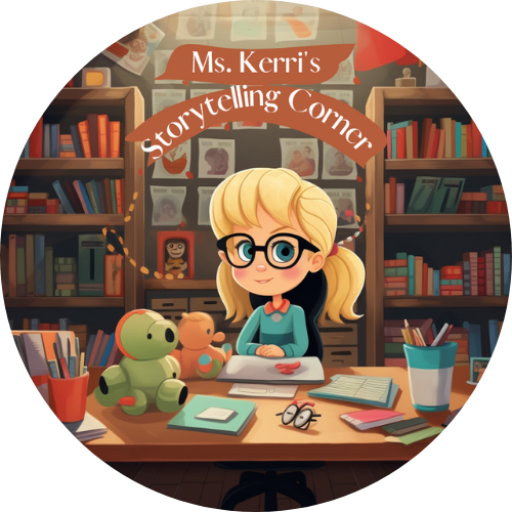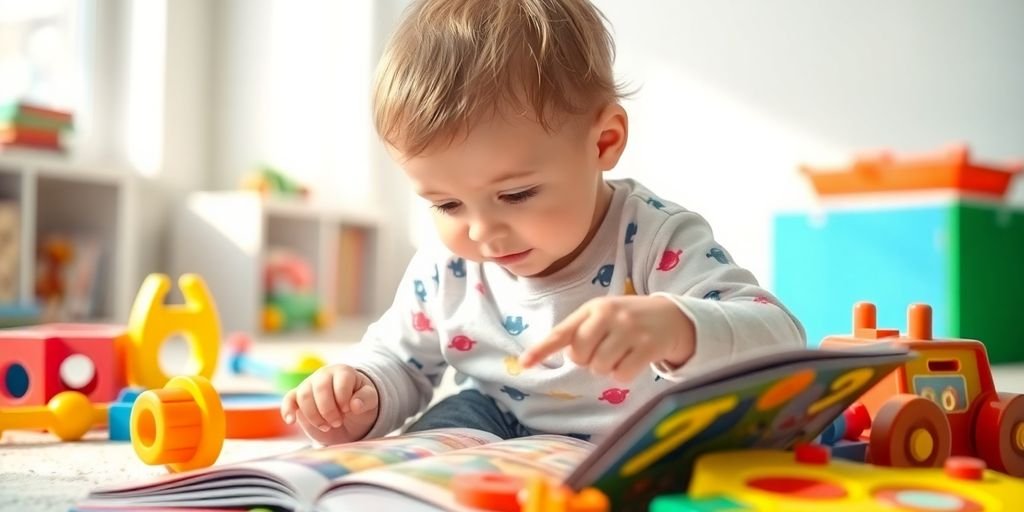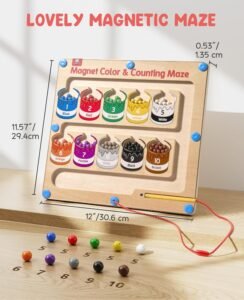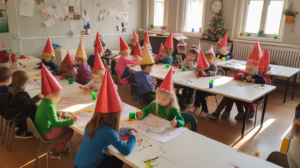Everyday moments can be more than just routines; they can be vital opportunities to boost your toddler’s literacy skills. From reading aloud to engaging in conversations, there are countless ways to weave learning into daily activities. This article explores simple yet effective strategies that help nurture your child’s language development without needing a formal classroom setting.
Key Takeaways
- Reading daily to your toddler sparks curiosity and builds connections.
- Conversations with your child can significantly expand their vocabulary.
- Using environmental print, like labels and signs, helps kids recognize words in their surroundings.
- Incorporating music and rhymes makes learning fun and memorable.
- Establishing a bedtime reading routine can create lasting bonding moments and encourage a love for books.
Reading Aloud To Foster Literacy Skills
Reading aloud is more than just a bedtime ritual; it’s a powerful way to build your toddler’s literacy skills. It introduces them to the joy of books, lays the groundwork for a lifelong love of reading, and boosts toddler literacy skills. I remember when my little one was just starting to babble, I’d read to her, and even though she didn’t understand the words, she loved the sound of my voice and the colorful pictures. Now, she grabs books and brings them to me all the time!
Choosing Engaging Books
Not all books are created equal, especially for toddlers. Look for books with bright, vibrant illustrations and simple, repetitive text. Board books are great because they can withstand a bit of rough handling. Books with interactive elements, like lift-the-flaps or touch-and-feel textures, can also keep your toddler engaged and boost toddler literacy skills. I found that books about animals or everyday routines were always a hit with my daughter.
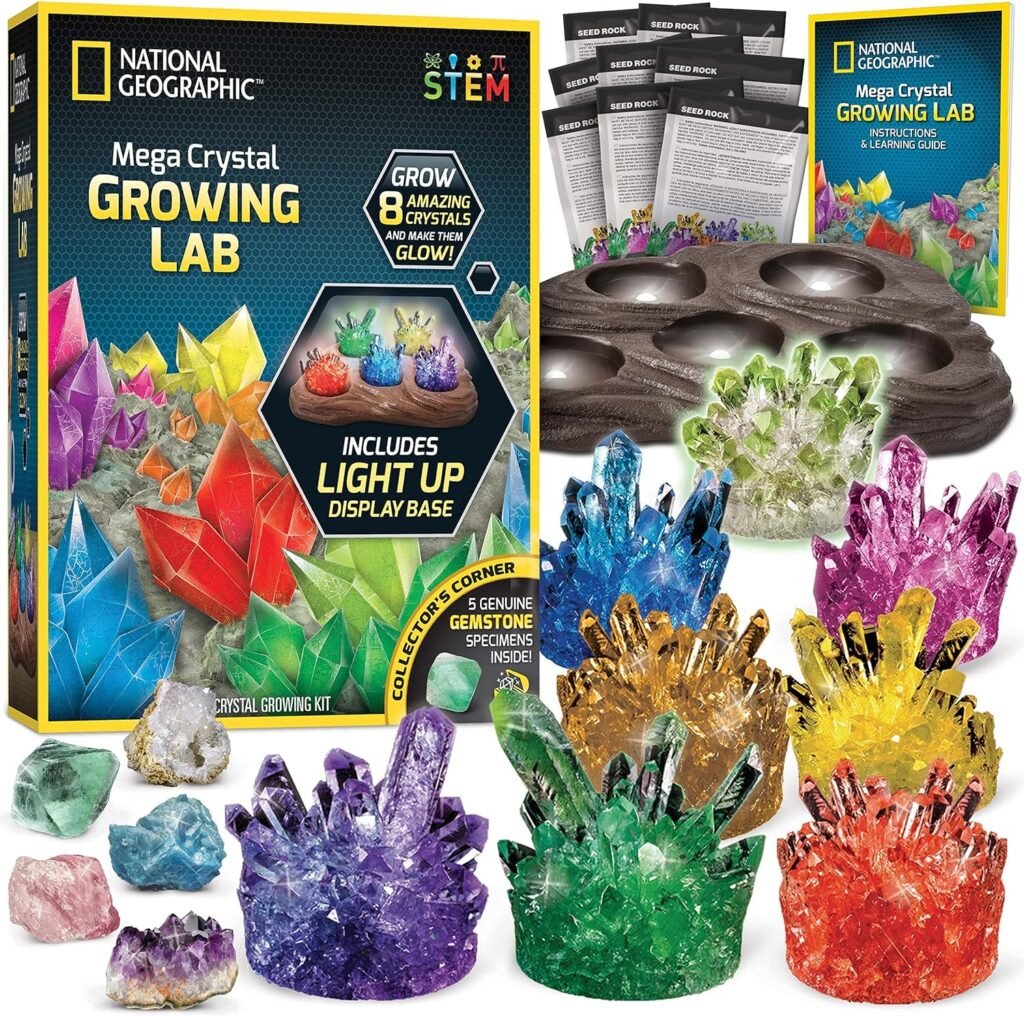
Creating a Cozy Reading Environment
Where you read can be just as important as what you read. Create a special reading nook that’s comfortable and inviting. This could be a comfy chair with lots of pillows, a blanket on the floor, or even a fort made of blankets and chairs. The key is to make it a place where your toddler feels relaxed and happy. Turn off the TV, put away distractions, and make reading a special time that you both look forward to. We have a little corner in our living room with a soft rug and a basket full of books, and it’s become our favorite spot for reading together.
Incorporating Interactive Elements
Reading aloud shouldn’t be a passive activity. Make it interactive by asking your toddler questions about the story, pointing out different objects in the illustrations, and making silly voices for the characters. You can also encourage them to act out parts of the story or make up their own endings. The more involved they are, the more they’ll get out of the experience. My daughter loves to roar like the lion in her favorite book, and it always makes reading time more fun.
Reading aloud is a fantastic way to bond with your toddler while also helping them develop important literacy skills. It’s a win-win situation! By choosing engaging books, creating a cozy reading environment, and incorporating interactive elements, you can make reading time a fun and enriching experience for both of you.
Everyday Conversations That Enhance Vocabulary

It’s easy to forget how much toddlers learn just by listening and talking. Everyday conversations are a goldmine for vocabulary growth. It’s not just about quantity, but also the quality of the words and how they’re used. Let’s look at some ways to make these chats count.
Encouraging Open Dialogue
The more you talk with your toddler (not just at them), the more they’ll learn. Create a space where they feel comfortable asking questions and sharing their thoughts. It doesn’t have to be a formal sit-down; it can be during playtime, meal prep, or even while driving in the car. The key is to be present and engaged.
- Listen actively to what they’re saying.
- Respond thoughtfully, even if their sentences are a bit jumbled.
- Show genuine interest in their world.
Using Descriptive Language
Instead of just saying “Look at the dog,” try “Look at the fluffy, brown dog wagging its tail.” The more descriptive you are, the richer their vocabulary becomes. Don’t be afraid to use words they might not know yet; that’s how they learn! It’s like planting seeds; some will sprout right away, and others will take time.
Using varied and descriptive language is like painting a picture with words. It helps toddlers understand not just the what, but also the how and why. This builds a stronger foundation for literacy.
Asking Open-Ended Questions
Avoid questions that can be answered with a simple “yes” or “no.” Instead, ask questions that encourage them to elaborate. For example, instead of “Did you have fun at the park?” try “What was your favorite thing about the park today?” or “Tell me about what you did with your friends at the park.”
Here’s a simple table to illustrate the difference:
| Closed-Ended Question | Open-Ended Question |
|---|---|
| Did you like the story? | What did you think about the story? |
| Is the apple red? | What color is the apple, and what does it taste like? |
| Are you having a good time? | What are you enjoying right now? |
- Encourage them to explain their reasoning.
- Ask follow-up questions to dig deeper.
- Be patient and give them time to formulate their answers.

Utilizing Environmental Print For Learning
Environmental print is everywhere! It’s not just about books; it’s about recognizing that words are all around us, all the time. Think about it: your toddler sees words on cereal boxes, street signs, and even their favorite toys. This is a fantastic, and often overlooked, way to boost their literacy skills.
Identifying Signs and Labels
Start pointing out signs and labels during your daily routines. When you’re driving, say, “Look, that sign says ‘STOP’.” At the grocery store, point to the labels on the shelves: “That says ‘milk’. We need milk!” The more you expose them to these everyday words, the sooner they’ll start recognizing them. It’s like a constant, low-pressure learning experience. You can even play a game where they have to find a specific sign or label. This helps them connect the written word with its meaning in a real-world context. This is a great way to build their print awareness.
Creating a Print-Rich Home Environment
Turn your home into a literacy playground! Label items around the house with simple words. For example, put a label that says “chair” on a chair, or “door” on the door. You can also post shopping lists or to-do lists where your toddler can see them. Get them a set of magnetic letters to play with on the fridge. The goal is to surround them with examples of printed texts, making them aware that words are everywhere and have meaning. It doesn’t have to be perfect or fancy; just consistent.
Involving Toddlers in Daily Tasks
Get your toddler involved in daily tasks that involve reading. If you’re cooking, have them help you read the recipe (even if it’s just pointing at the words). When you’re sorting laundry, have them help you match the labels on their clothes. When fetching the mail, point out the names and addresses on the envelopes. These activities make learning feel like a natural part of their day, rather than a chore. It also gives them a sense of responsibility and accomplishment.
By integrating environmental print into your toddler’s daily life, you’re not just teaching them to read; you’re teaching them to be observant, curious, and engaged with the world around them. It’s a simple, effective way to lay the foundation for a lifelong love of learning.
Here are some ideas to get you started:
- Label their toys with their names.
- Create a picture dictionary with words and corresponding images.
- Read the instructions on their favorite snack boxes together.
Incorporating Music and Rhymes Into Daily Life

Music and rhymes are fantastic tools for boosting your toddler’s literacy skills. They’re fun, engaging, and can easily be woven into your daily routines. Think about how catchy tunes help us remember things – it’s the same for toddlers! Let’s explore some ways to make the most of music and rhymes.
Singing Songs That Build Vocabulary
Singing isn’t just about having fun; it’s a powerful way to introduce new words and concepts. Toddlers learn through repetition, and songs provide that in a memorable way. Try singing songs about animals, colors, or even everyday activities like brushing teeth or getting dressed. You can even create your own silly songs! If your child attends daycare or preschool, ask the teacher for the class’s favorite songs and reinforce them at home. Don’t forget to teach songs to grandparents and babysitters so that all of the important people in your child’s life will be involved in this lighthearted activity. For example, if you’re looking for energizing breakfast recipes, you could even make up a song about the ingredients!
Using Rhymes to Enhance Memory
Rhymes are like little memory hooks. They help toddlers remember words and sounds, which is crucial for developing phonological awareness. Simple rhymes like “cat” and “hat” or “dog” and “log” can be introduced during playtime or while reading. Nursery rhymes are also great for this! The repetitive nature of rhymes makes them easy to remember and fun to recite. You can play rhyming games to support their learning of the connections between sounds and letters.
Creating Fun Learning Tunes
Why not turn learning into a musical adventure? Create your own tunes for everyday tasks or lessons. For example, you could sing the alphabet song while getting dressed or make up a counting song while playing with blocks. The possibilities are endless! The key is to keep it lighthearted and enjoyable. You can create funny tunes about rhyming words and counting to 10, or sing classic songs such as the “Alphabet Song” and “The Itsy Bitsy Spider.”
Music and rhymes are not just entertaining; they’re educational tools that can significantly contribute to your toddler’s literacy development. By incorporating them into daily life, you’re creating a fun and engaging learning environment that will benefit your child for years to come.
Storytelling As A Tool For Imagination
Storytelling is more than just reciting words; it’s a powerful way to ignite your toddler’s imagination and literacy skills. It helps them understand narrative structure, develop empathy, and expand their vocabulary. It’s a fun and engaging activity that can be easily incorporated into your daily routine.
Encouraging Creative Storytelling
Instead of always being the storyteller, encourage your toddler to create their own narratives. Start with simple prompts like, “What if animals could talk?” or “Tell me about a time you felt brave.” Let them lead the story, even if it seems nonsensical at times. The goal is to foster their creativity and confidence in expressing themselves. You can even write down their stories to create a special book together. This helps them see the connection between spoken and written words.
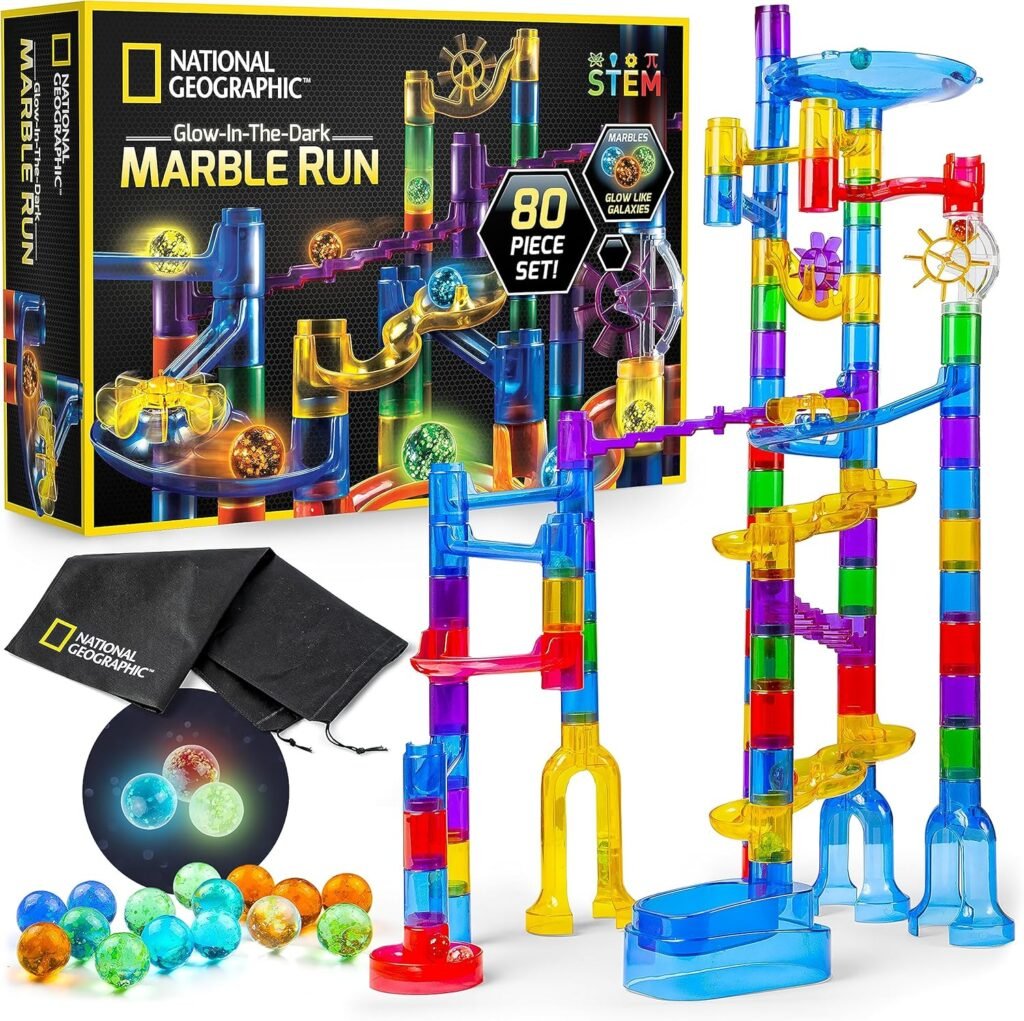
Using Puppets and Props
Puppets and props can bring stories to life and make them more engaging for toddlers. A simple sock puppet or a few toy animals can transform an ordinary story into an extraordinary adventure. Encourage your child to use puppets and props to act out stories they know or to create new ones. This hands-on approach helps them understand character development and plot progression.
Sharing Personal Stories
Sharing personal stories is a great way to connect with your toddler and teach them about your life and experiences. Tell them about your childhood, your favorite memories, or even just a funny thing that happened to you that day. These stories help them understand that storytelling is a way to share experiences and connect with others. Plus, it’s a great way to build vocabulary outside of school and strengthen your bond.
Storytelling doesn’t have to be perfect. The most important thing is to create a fun and engaging experience for your toddler. Don’t worry about grammar or plot holes; just let your imagination run wild and enjoy the process together.
Engaging in Play That Promotes Literacy Skills

Playtime isn’t just fun and games; it’s a fantastic opportunity to sneak in some literacy learning! Kids learn best when they’re enjoying themselves, so incorporating literacy into their play can make a big difference. It’s all about making learning feel natural and exciting.
Role-Playing Scenarios
Transforming playtime into a story is a great way to boost literacy skills. Encourage your toddler to act out different scenarios. This could be anything from playing shopkeeper to going on a jungle adventure. Provide props like old clothes, hats, and bags to make it more engaging. As they play, encourage them to use new words and create narratives. This helps them develop their vocabulary and storytelling abilities. Role-playing also helps with comprehension as they interpret and act out different roles.
Using Educational Games
Educational games are a fun way to introduce literacy concepts. There are tons of games available that focus on letter recognition, phonics, and vocabulary. Here are a few ideas:
- Alphabet puzzles: These help with letter recognition and matching.
- Word-building games: These encourage kids to create words and understand spelling.
- Story dice: Roll the dice and create a story based on the images.
These games make learning interactive and enjoyable, helping toddlers grasp important literacy skills without even realizing they’re learning.
Incorporating Books Into Play
Bring books into your toddler’s play activities to make reading a natural part of their day. For example, if they’re playing with toy animals, read a book about animals. If they’re building a castle, read a story about knights and castles. This helps them connect reading with real-world experiences and makes books more engaging. You can even act out scenes from the book with their toys. This not only boosts their comprehension but also encourages them to explore reading materials in a playful way.
Play is such a powerful tool for learning. By incorporating literacy into play, you’re not just teaching your toddler to read and write; you’re also helping them develop their imagination, creativity, and problem-solving skills. It’s a win-win!
Establishing a Bedtime Reading Routine

Let’s be real, bedtime with a toddler can be chaotic. But, sneaking in a reading routine can be a game-changer, not just for winding down, but also for their literacy skills. It’s a win-win! It doesn’t have to be long, even 10-15 minutes can make a difference.
Choosing Calming Stories
Okay, so the book selection is key. Now is not the time for super exciting, action-packed adventures. Think gentle stories, maybe about animals going to sleep, or anything with a soothing rhythm. We have a few favorites that are always a hit, and they actually help calm things down. You want something that promotes relaxation, not a book that’ll get them all hyped up again.
Discussing the Story After Reading
Making It a Family Activity
Bedtime reading doesn’t have to be a solo mission. If you have other kids, get them involved! Even if they’re older and reading on their own, they can read a page or two to their younger sibling. Or, if it’s just you and your toddler, make it a special bonding time. Cuddle up, get cozy, and let them know that this is your time together.
Creating a consistent bedtime reading routine is more than just reading words on a page. It’s about creating a positive association with books, building vocabulary, and fostering a love of reading that will last a lifetime. Plus, it’s a great way to end the day on a calm and connected note.
Wrapping It Up: Everyday Literacy Boosts
So, there you have it! Everyday moments can really help your toddler grow their reading and writing skills without even realizing it. Whether it’s reading a bedtime story, chatting during snack time, or just pointing out signs while you’re out, these little things add up. It’s all about making those connections and keeping it fun. Remember, the goal is to create a love for words and stories that lasts a lifetime. So, keep it light, enjoy the process, and watch your little one thrive!
Frequently Asked Questions
How does reading aloud help my toddler’s literacy skills?
Reading aloud to your toddler helps them learn new words and understand how stories work. It also builds their imagination and emotional skills.
What types of books should I choose for my toddler?
Pick books that are colorful and engaging. Look for stories that match your toddler’s interests, like animals or cars, to keep them excited about reading.
How can everyday conversations improve my toddler’s vocabulary?
Talking with your toddler about their day or asking them questions encourages them to use new words and express their thoughts.
What is environmental print and how can it help my child?
Environmental print includes signs and labels we see every day, like store signs. Pointing these out helps toddlers recognize letters and words in their world.
Why is music important for my toddler’s literacy development?
Singing songs and using rhymes helps toddlers remember words and sounds, making it easier for them to learn new vocabulary.
What should I include in a bedtime reading routine?
Choose calming stories to read at night. Discuss the story afterward to help your toddler think about what they heard and make it a family bonding time.


Ms. Kerri’s Corner provides a exciting virtual space for preschool learning. Through a variety of engaging activities, she exposes young minds to early math, literacy, science and social-emotional skills in a developmentally appropriate way. Centers for blocks, art, books and music allow children to explore hands-on learning at their own pace. Guided lessons subtly introduce number sense, letter sounds and narrative thinking. Careful observation gives insight into each child’s progress across domains. Viewers are also invited to participate, reinforcing that their ideas are valued. By making learning fun yet purposeful, Ms. Kerri lays the groundwork for future academic success while fostering creativity and imagination. Her program offers preschoolers valuable screen-based learning experiences.
